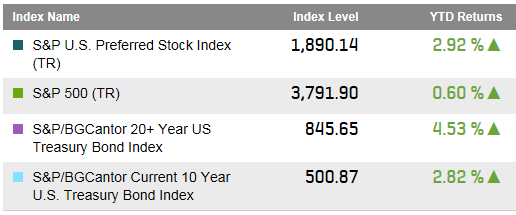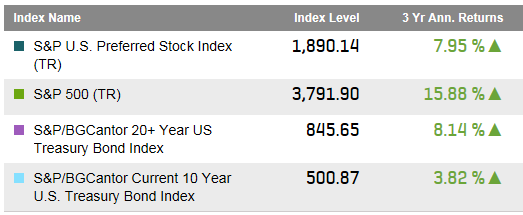Recently, institutional investors with long-term investment horizons have responded with aversion to market volatility by considering a number of risk control strategies. Risk control strategies use dynamic asset allocation (between an index and cash) to target a stable level of volatility in all market environments. For institutional investors with long-standing liabilities, ranging from defined benefit plans and variable annuities offered at insurance companies, a risk control strategy may provide a smoother path of asset returns and could more closely align the performance of the institution’s assets to the characteristics of its liabilities.
The basic idea is that the investor sets a target volatility, which is then matched by allocating funds to the risky asset and the risk-free money market. If the realized historical volatility is above the target, money is shifted to cash. On the other hand, if the realized historical volatility is below the target, leverage is taken in order to achieve the target.
This strategy takes advantage of the negative relationship between volatility and return, as well as the persistence of volatility. As illustrated in Exhibit 1, the monthly volatility of the S&P 500® is negatively correlated with its monthly returns. This relationship is present in most equity indices. As a result, a strategy that reduces exposure in periods when volatility is high and increases exposure in periods when volatility is low would be more likely to outperform in risk-adjusted terms over the long run.
In addition, the S&P 500 daily returns are not independent across time, as large returns tend to be followed by large returns and small returns tend to be followed by small returns. In Exhibit 2, the sample autocorrelation function shows significant autocorrelation in the squared residual series, calculated by the square of daily total return of the S&P 500 subtracted by the long-term average daily return. This illustrates that periods of high and low volatility tend to cluster together for extended periods of time. Therefore, a risk-control strategy based on realized historical volatility is likely to add value over the long run as well; even though we do not forecast volatility.








